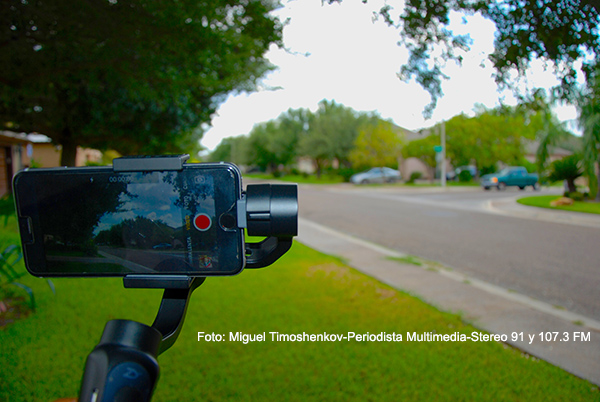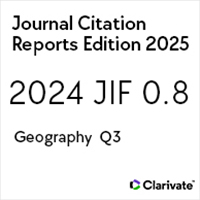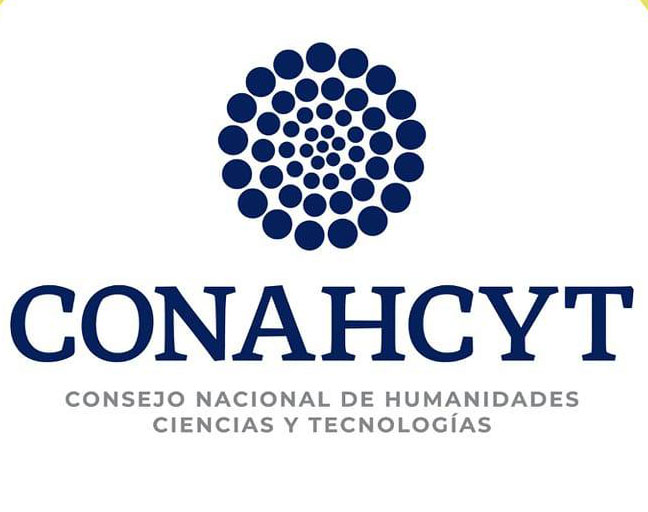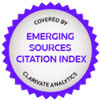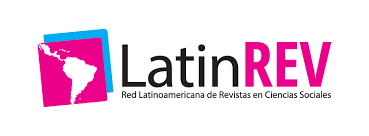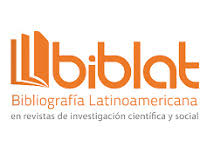Digital Inequality on the US-Mexico Border: A Multigenerational Case Study in Laredo, Texas
Brecha digital en la frontera de EE. UU.-México: Un estudio de caso multigeneracional en Laredo, Texas
https://doi.org/10.21670/ref.2017.37.a02
Keywords:
digital divide, Laredo Texas, US-Mexico border, multigenerational studyAbstract
The purpose of the present study is to determine the cultural and social barriers that are preventing Laredoans from accessing the digital world. This multigenerational study examines how three generations within 16 families relate culturally and socially to technology. Three members from the same family were invited to voluntarily participate in the study, with a total of 48 in-depth, face-to-face interviews being conducted. The present study identified several barriers such as low educational level, low income, lack of English language proficiency, lack of relevant content available in other languages besides English, preference to communicate face-to-face, fear of violence, and endless working hours. Laredo is the least connected city in the nation with 40.2% non-connectivity rate. Research is needed to understand this digital inequity situation in this borderland city. The theoretical framework used is rooted on Straubhaar’s concepts of techno-field, techno-disposition, and techno-capital.Resumen
El objetivo del presente estudio es determinar las barreras culturales y sociales que están impidiendo a los habitantes de Laredo el acceso al mundo digital. Este estudio multigeneracional examina cómo tres generaciones de 16 familias se relacionan culturalmente y socialmente con la tecnología. Tres miembros de la misma familia fueron invitados a participar voluntariamente en este estudio sumando un total de 48 entrevistas en profundidad. En este estudio se identificaron varias barreras tales como la escasa educación, ingresos económicos limitados, insuficiencia en el dominio del idioma inglés, escasez de contenidos relevantes en otro idioma que no sea inglés, preferencia por la comunicación en persona (cara a cara), miedo a la violencia, y horarios de trabajo interminables. Laredo, con 40.2% de brecha digital, es la ciudad con menor conectividad digital en la nación. Es necesario desarrollar proyectos de investigación para entender la desconexión digital en esta ciudad fronteriza. La teoría utilizada en este estudio está basada en los conceptos de tecno-campo, tecno-disposición y tecno-capital desarrollados por Straubhaar y su equipo de investigación.References
Bourdieu, P. (1980). The Logic of Practice. California, United States of America: Standford University Press.
Bourdieu, P. (1985). The Forms of Capital. In J. Richardson (Ed.), Handbook of Theory and Research for the Sociology of Education (pp. 241-258). New York, United States of America: Greenwood Press.
Bourdieu, P. (1993). The Field of Cultural Production. New York, United States of America: Columbia University Press.
Brodkin, J. (November 4, 2014). In Detroit and other cities, nearly 40 percent go without Internet: Many people can't afford internet service and even lack mobile broadband. Ars Technica, 1. Retrieved from http://arstechnica.com/business/2014/11/in-detroit-and-other-cities-nearly-40-percent-go-internet-free/
Davison, E. L. & Cotten, S. R. (2010). Connection Disparities: The Importance of Broadband Connections in Understanding Today's Digital Divide. In E. Ferro, Y. Kumar Dwivedi, J. R. Gil-Garcia, & M. D. Williams (Eds.), Handbook of Research on Overcoming Digital Divides: Constructing and Equitable and Competitive Information Society (Vol. 1, pp. 346-358). Pennsylvania, United States of America: Information Science Reference.
Dijk, J. van (2005). The Deepening Divide Inequality in the Information Society. California, United States: Sage Publications.
Dijk, J. A. G. M. van (2006). Digital Divide Research, Achievements and Shortcomings. Poetics, 34(4), 221-235. doi:10.1016/j.poetic.2006.05.004
DiMaggio, P., Hargittai, E., Coral, C. & Shafer, S. (2004). From Unequal Access to Differentiated Use: A Literature Review and Agenda for Research on Digital Inequality. In K. M. Neckerman (Ed.), Social Inequality (pp. 355-400). New York, United States of America: Russell Sage Foundation.
Goswami, D. (2008). Chapter 6: Wi-Fi: The Network Fix. In R. Sramajiva & A. Zainudeen (Eds.), ICT Infrastructure in Emergin Asia. Policy and Regulatory Roadblocks (pp. 131-156). Canada: International Development Research Centre.
Hacker, K. L. & Steiner, R. (2002). The Digital Divide for Hispanic Americans. The Howard Journal of Communications, 13(4), 267-283.
Jackson, L. A., Fitzgerald, H. E., Eye, A. V., Zhao, Y. & Witt, E. A. (2010). The Digital Divides in the U.S.: Access, Broadband, and Nature of Internet Use. In E. Ferro, Y. Kumar Dwivedi, J. R. Gil-Garcia & M. D. Williams (Eds.), Handbook of Research on Overcoming Digital Divides: Constructing an Equitable and Competitive Information Society (Vol. 1, pp. 223-238). Pennsylvania, United States of America: Information Science Reference.
La Pastina, A., & Quick, B. (2004). An Exploration of Internet and Traditional Media Uses in the Rio Grande Valley. Paper presented at the International Communication Association, New Orleans, Louisiana, United States of America.
Lentz, R. (2000). E-Volution of the Digital Divide in the U.S.: A Mayhem of Competing Metrics. Info, 2(4), 355-377.
Malecki, E. (2003). Digital Development in rural areas: Potentials and Pitfalls. Journal of Rural Studies, 19(2), 201-214.
Mertens, S. & D'Haenens, L. (2010). The Digital Divide Among Young People in Brussels: Social and Cultural Influences on Ownership and Use of Digital Technologies. Communications: The European Journal of Communication Research, 35(2), 187-207. doi:10.1515/COMM.2010.010
Pedrozo, S. (2013). New Media Use in Brazil: Digital Inclusion or Digital Divide? Online Journal of Communication & Media Technologies, 3(1), 144-162.
Rojas, V., Straubhaar, J., Fuentes-Bautista, M. & Pinon, J. (May, 2009). Still Divided: Ethnicity, Generation, Cultural Capital and New Technologies. Paper presented at the International Communication Association, New York, United States of America. Retrieved from http://www.allacademic.com/meta/p15201_index.html
Rojas, V., Straubhaar, J., Spence, J., Roychowdhury, D., Okur, O., Piñon, J. & Fuentes-Bautista, M. (2012). Communities, Cultural Capital, Digital Inclusion: Ten Years of Tracking Techno-Disposition and Techno-Capital. In J. Straubhaar, J. Spence, Z. Tufekci & R. Lentz (Eds.), Inequity in the Technopolis: Race, Class, Gender, and The Digital Divide in Austin (pp. 223-264). Texas, United States of America: University of Texas Press.
Straubhaar, J., Tufekci, Z., Spence, J., & Rojas, V. (2012). Digital Inequity in the Austin Technopolis: An Introduction. In J. Straubhaar, J. Spence, Z. Tufekci, & R. Lentz (Eds.), Inequity in the Technopolis (pp. 1-32). Texas, United States of America: University of Texas Press.
Strover, S. (2001). Rural Internet Connectivity. Telecommunications Policy, 25(2), 331-347.
United States Census Bureau. (2013). American Factfinder Laredo, Texas. Retrieved from http://factfinder2.census.gov/faces/nav/jsf/pages/community_facts.xhtml#
Warf, B. (2010). The Digital Divide in the U.S. in the 21st Century. In E. Ferro, Y. Kumar Dwivedi, J. R. Gil-Garcia, & M. D. Williams (Eds.), Handbook of Research on Overcoming Digtial Divides: Constructing and Equitable and Competitive Information Society (Vol. 1, pp. 112-130). Pennsylvania, United States of America: Information Science Reference.
Warschauer, M. (2004). Physical Resources: Computers and Connectivity. In M. Warschauer (Ed.), Technology and Social Inclusion: Rethinking the Digital Divide (pp. 49-80). Massachusetts, United States of America: MIT Press.
Weinstein, B. L. & Clower, T. L. (1994). Texas in the Information Age: Economic and Social Impacts of Broadband Telecommunications Infraestructure in Texas. Texas, United States: Center for Economic Development and Research University of North Texas.
Wirth, M. O. (2006). Broadband Convergence: Future Directions and Societal Impacts. JMM: The International Journal on Media Management, 8(1), 19-28. doi:10.1207/s14241250ijmm0801_4

